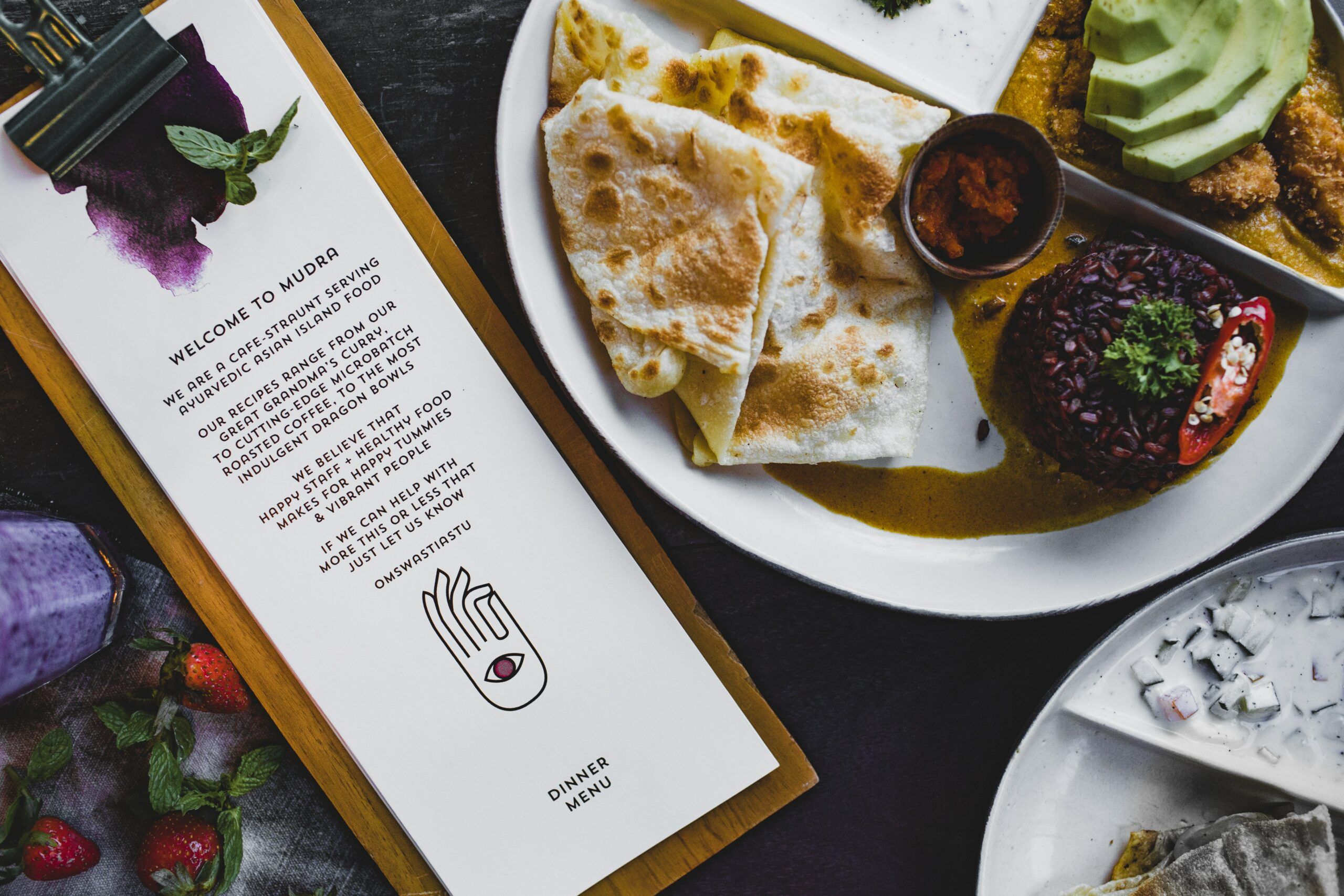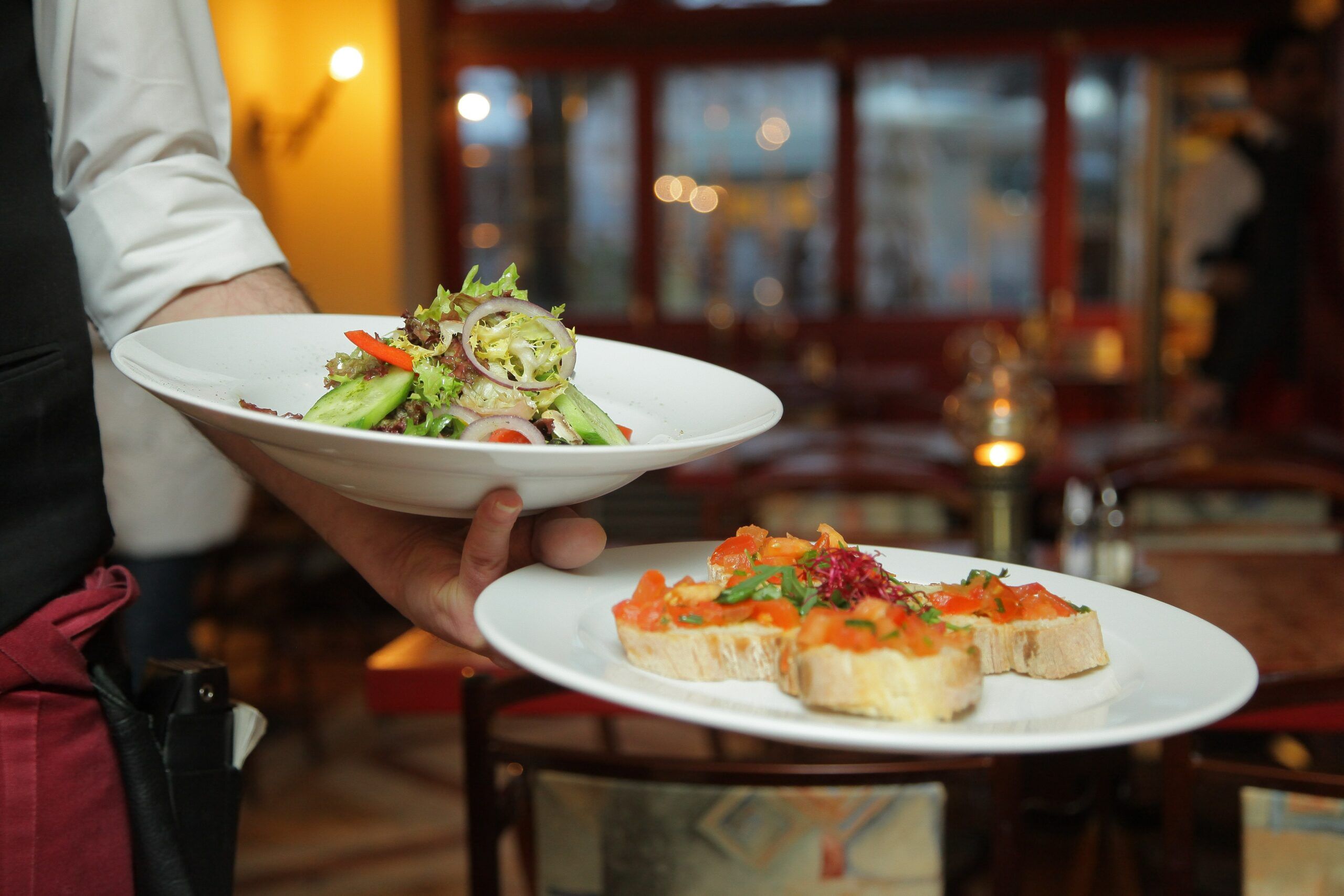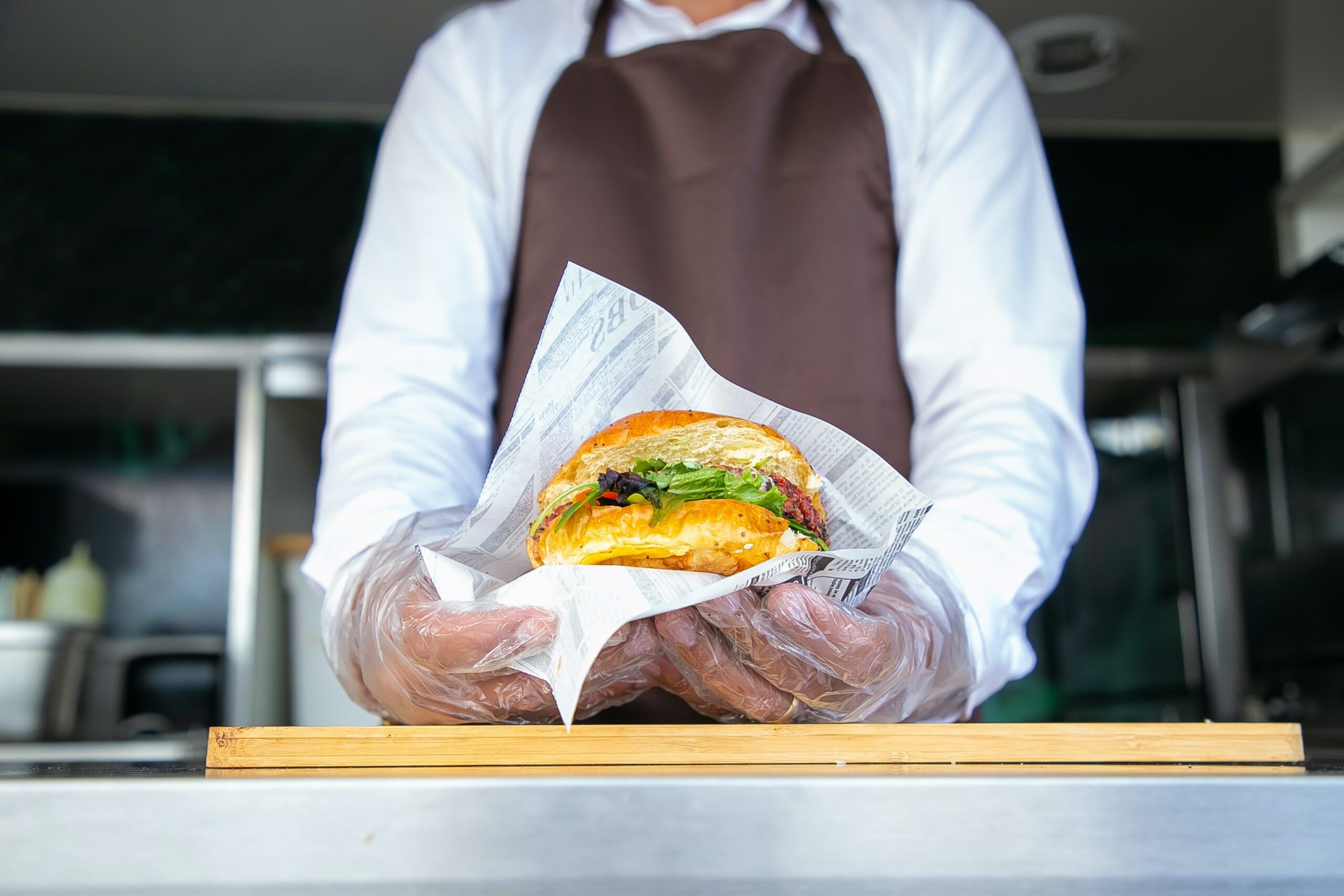- What is Menu Management?
- Importance of Menu Management in the Restaurant Industry
- Effective Menu Management Strategies
In the world of food and hospitality, a restaurant’s menu is the key to success. It’s not just a list of dishes; it’s an identity, a representation of the establishment’s philosophy and personality.
Like a window into the soul of a restaurant, a menu can tell a story about the chef’s inspiration, the cuisine’s regional roots, or the establishment’s commitment to sustainability.
But menu management is more than just a creative endeavor; it’s a vital component of a restaurant’s daily operations.
In this ultimate guide to restaurant menu management, Orders.co will explore the art and science of crafting a menu that reflects your brand and satisfies your customers, all while streamlining your workflow and maximizing your profits.
Whether you’re a seasoned restaurateur or a newbie entrepreneur, you’ll find valuable insights and practical tips to optimize your menu for success. So let’s dive in and discover the secrets of effective menu management!
What is Menu Management?
Menu management is the process of creating, optimizing, and maintaining a restaurant’s menu to meet the needs and expectations of its target market.
It involves a range of activities, from researching customer preferences and industry trends to designing dishes, pricing items, and training staff.
Menu management is not only about creating a list of dishes; it’s about crafting a cohesive and compelling narrative that reflects the restaurant’s brand, culture, and values. It’s about balancing creativity and practicality, innovation and tradition, and profitability and customer satisfaction.
By effectively managing their menu, restaurants can differentiate themselves from the competition, build a loyal customer base, and drive revenue growth.
Importance of Menu Management in the Restaurant Industry
Menu management is a critical aspect of running a successful restaurant, and its importance cannot be overstated. Here are some of the key reasons why menu management is crucial in the restaurant industry:
Defines the Restaurant’s Identity
The menu is a reflection of the restaurant’s brand, philosophy, and culture. It showcases the culinary expertise, creativity, and passion of the chef and the team.
A well-designed menu can create a memorable experience for the customers and differentiate the restaurant from its competitors.
Increases Customer Satisfaction
A menu that offers a variety of dishes and caters to different dietary preferences can satisfy a diverse range of customers. A clear and concise menu that is easy to navigate can also reduce confusion and enhance the ordering experience.
Optimizes Pricing and Profitability
Pricing is a critical aspect of menu management, and restaurants need to strike a balance between the cost of ingredients, labor, and overheads and the perceived value of the dishes.
By using pricing strategies such as bundling, tiered pricing, or seasonal promotions, restaurants can maximize their profits without sacrificing quality or customer satisfaction.
Streamlines Operations and Inventory Management
The menu should be aligned with the restaurant’s operational capabilities and inventory management. It should take into account factors such as seasonal availability, ingredient sourcing, and preparation time.
By optimizing their menu, restaurants can reduce waste, improve efficiency, and minimize costs.
Enhances Marketing and Branding
The menu is an essential marketing tool that can easily attract new customers and retain existing ones. A visually appealing and well-crafted menu can stimulate customers’ appetites, evoke emotions, and create a sense of anticipation.
A menu that tells a story about the restaurant’s history, values, and inspiration can also build brand awareness and loyalty.
In short, menu management is not just a task; it’s a strategic imperative for any restaurant that aims to succeed in today’s competitive and dynamic industry.
Effective Menu Management Strategies
Creating a menu is not an easy task, and managing it effectively can be even more challenging. However, there are some proven strategies and best practices that can help you optimize your menu and achieve your business goals.
Here are some effective menu management strategies:
Understand Your Target Market
Understanding your target market is a critical aspect of effective menu management. It involves researching and analyzing your customers’ preferences, demographics, and purchasing behavior to tailor your menu to their needs and expectations.
By knowing your target market, you can create menu items that appeal to their taste buds, dietary requirements, and lifestyle choices and offer a dining experience that meets their expectations.
Analyze Your Competition
There is competition in every industry, and the restaurant business is no exception. Analyzing your competition is a crucial aspect of menu management. It allows you to identify gaps in the market, differentiate your menu, and stay ahead of the competition.
By analyzing your competitors’ menus, pricing, and promotions, you can identify opportunities to offer unique value propositions, highlight your strengths, and create a menu that caters to your target market’s needs and preferences.
Focus on Signature Dishes
Highlight your most profitable and popular dishes by placing them in prominent positions, using descriptive and engaging language, and pairing them with complementary items.
This not only increases their visibility but also encourages customers to try new dishes and experiment with different flavors.
Streamline Your Menu
Streamlining your menu involves simplifying and optimizing it to improve operational efficiency, reduce food waste, and increase profitability.
By focusing on your most popular and profitable dishes, removing underperforming items, and balancing your menu with complementary items, you can create a menu that is easy to manage, satisfies your customers, and maximizes your revenue.
Streamlining your menu also allows you to focus on quality over quantity, reduce preparation time, and minimize your inventory costs.
Your Inbox, Your Rules!
Tailor your newsletter with the topics you're most interested in.
Optimize Pricing
Use pricing strategies such as bundling, tiered pricing, or menu engineering to influence customers’ decision-making and increase your revenue.
Make sure to also factor in your food costs, labor expenses, and overhead costs to ensure a healthy profit margin.
Offer Seasonal Specials
Offering seasonal specials is a great way to keep your menu fresh, exciting, and relevant. By using seasonal ingredients and themes, you can create limited-time dishes that entice your customers and generate buzz.
This not only helps you stay ahead of the competition but also allows you to experiment with new flavors and test customer feedback.
So do not be afraid to get creative and embrace the seasons as an opportunity to showcase your culinary skills and delight your customers.
Create a Visually Appealing Menu
Use high-quality photos, graphics, or typography to make your menu visually appealing and easy to read.
This helps customers navigate your menu and makes your dishes more enticing. You may also want to consider using digital restaurant menus or QR codes to enhance the customer experience.
Train Your Staff
It’s no secret that well-trained staff can make or break a restaurant’s success. When it comes to menu management, staff training is crucial to ensure that your team is knowledgeable and confident in promoting, preparing, and serving your menu items.
By investing in staff training, you can improve the quality of your service, reduce errors and waste, and increase customer satisfaction and loyalty.
Make sure to review and update your staff training programs regularly to keep up with changing menu items, trends, and customer expectations.
Get Customer Feedback
Getting customer feedback is crucial for menu management as it helps you understand your customers’ preferences, identify areas for improvement, and make data-driven decisions.
Encourage your restaurant customers to provide feedback through surveys, comment cards, or social media. Analyze the feedback regularly and use it to adjust your menu, pricing, or service to meet their needs and expectations.
Promote Your Menu
Market your menu through various channels such as social media, email marketing, or partnerships with food bloggers and influencers.
Use mouth-watering visuals, enticing descriptions, and limited-time offers to create a sense of urgency and drive traffic to your restaurant.
Cater to Dietary Restrictions
In today’s food landscape, catering to dietary restrictions is no longer an option but a necessity. With more customers following specific diets due to health, ethical, or cultural reasons, it’s important to offer menu items that accommodate different dietary needs.
By doing so, you not only cater to a broader customer base but also demonstrate your restaurant’s commitment to providing inclusive and welcoming dining experiences for all.
Use Technology
Technology can revolutionize the way restaurants manage their menus. By using POS systems, inventory or menu management software, or online ordering platforms, restaurants can streamline their operations, reduce errors, save time, and provide a better customer experience.
With technology, restaurants can easily track their food costs, monitor their inventory, and update their menus in real time. This not only increases operational efficiency but also allows restaurants to focus on what they do best – providing delicious food and excellent service.
Regularly Review and Update Your Menu
Conduct regular reviews of your menu’s performance, including sales data, customer feedback, and industry trends.
Use this information to make data-driven decisions about your menu design, pricing, and selection.
Create a More Efficient and Successful Business
Optimizing your restaurant menu management system is a fundamental step toward achieving success in the highly competitive food industry.
By streamlining your operations, you can improve your restaurant’s efficiency, customer experience, and profitability. It is essential to continuously evaluate and adapt your menu to meet the changing demands of your customers and stay ahead of the competition.
With the right menu management system, you can create a memorable dining experience that keeps your customers coming back for more.










